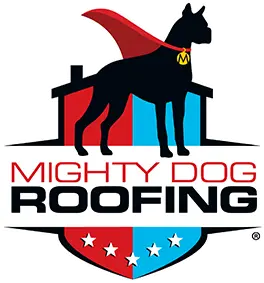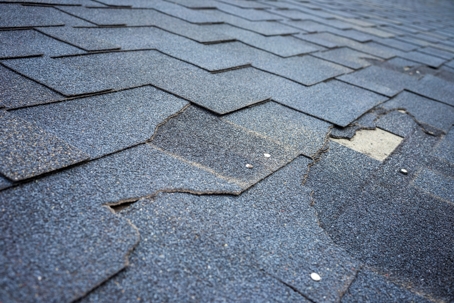How to Spot Roof Damage in Glenview Before It Gets Worse
Your roof is your home’s first line of defense against Illinois weather — from lake-effect snow to summer storms. But roof damage isn’t always obvious, and small problems can turn into major repairs if left untreated. Knowing what to look for can save you time, money, and a lot of stress.
Why early detection matters in Glenview
In our Midwest climate, roofs are constantly exposed to temperature swings, ice, wind, and heavy rain. Even a seemingly minor issue like a lifted shingle can lead to:
- Water leaks that damage insulation, ceilings, and walls.
- Mold growth from trapped moisture.
- Structural rot in the decking and rafters.
- Shortened roof lifespan due to accelerated deterioration.
Catching these problems early means repairs are smaller, less expensive, and less disruptive.
Signs of roof damage you can see from the ground
You don’t have to climb onto your roof to spot many early warning signs:
- Missing or broken shingles – Gaps in your shingle pattern leave vulnerable spots for water intrusion.
- Curling or buckling shingles – Often a sign of aging materials or heat damage from poor ventilation.
- Granules in your gutters – Asphalt shingles shed granules as they deteriorate; too many means they’re wearing out.
- Sagging rooflines – Could indicate structural issues or water-damaged decking.
- Flashing damage – If the metal around chimneys, vents, or skylights looks bent or rusted, water can get in.
Interior signs you shouldn’t ignore
Damage isn’t always visible from the outside. Check inside your home for:
- Water stains on ceilings or upper walls.
- Peeling paint near the ceiling line.
- Damp or musty smells in the attic.
- Daylight visible through roof boards in the attic.
Seasonal risks in Glenview
- Winter: Ice dams from poor insulation can push water under shingles.
- Spring: Heavy rains reveal leaks that may have started over winter.
- Summer: UV rays dry out shingles, and storms can cause wind uplift.
- Fall: Debris buildup in gutters can lead to water pooling near the roof edge.
How long roofs typically last in Glenview
- Asphalt shingles: 20–25 years with proper maintenance.
- Architectural shingles: 25–30 years.
- Metal roofing: 40–70 years, depending on the coating.
If your roof is nearing the end of its expected lifespan, schedule inspections twice a year.
Why professional inspections are worth it
Some roof damage can only be detected up close or with specialized tools:
- Thermal imaging to find hidden moisture.
- Drone inspections to safely check high or steep areas.
- Core sampling on flat or commercial roofs to assess underlying layers.
At Mighty Dog Roofing of Glenview, our inspections are free, and we provide a detailed report with photos so you can see exactly what we find.
Preventing roof damage before it starts
- Keep gutters clean to prevent water backups.
- Trim branches away from the roof to reduce impact damage.
- Check attic ventilation to prevent heat and moisture buildup.
- Have flashing resealed every few years to maintain waterproofing.
Don’t wait for a leak to tell you something’s wrong.
Schedule your free roof inspection with Mighty Dog Roofing of Glenview today and protect your home before small issues become big problems.


